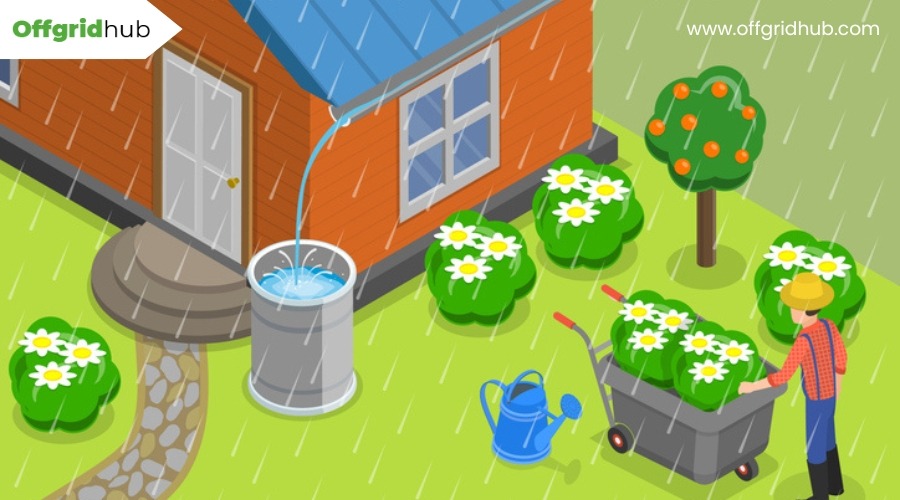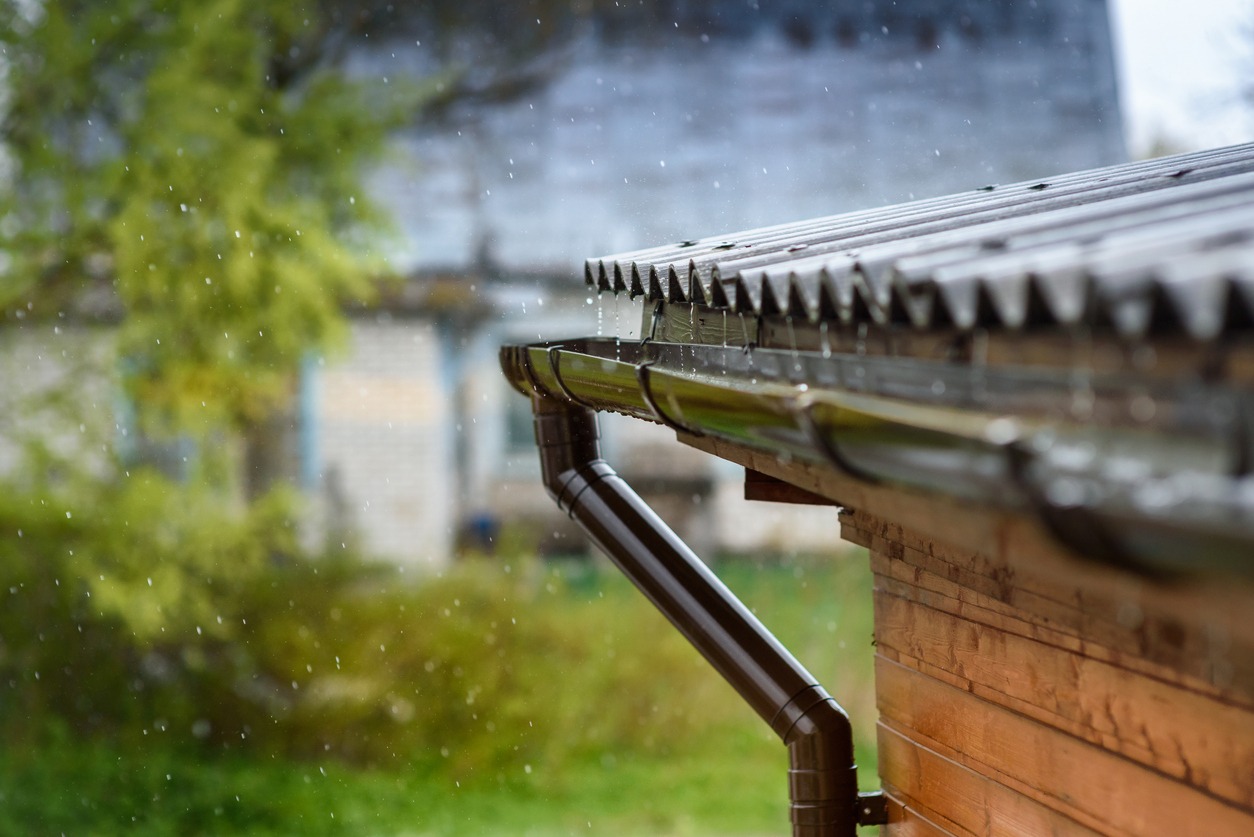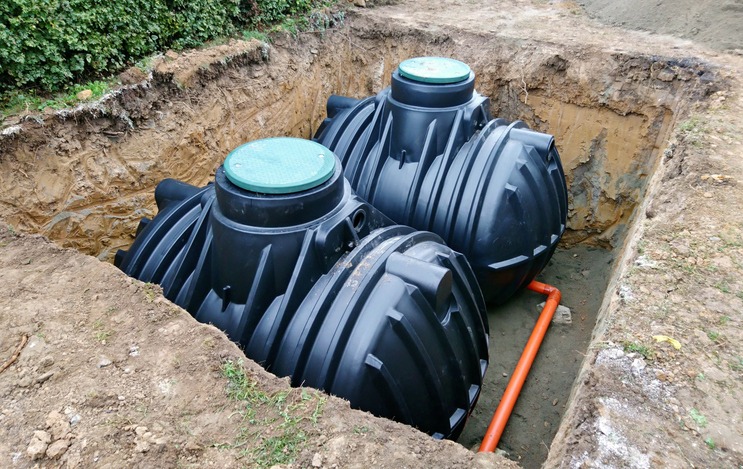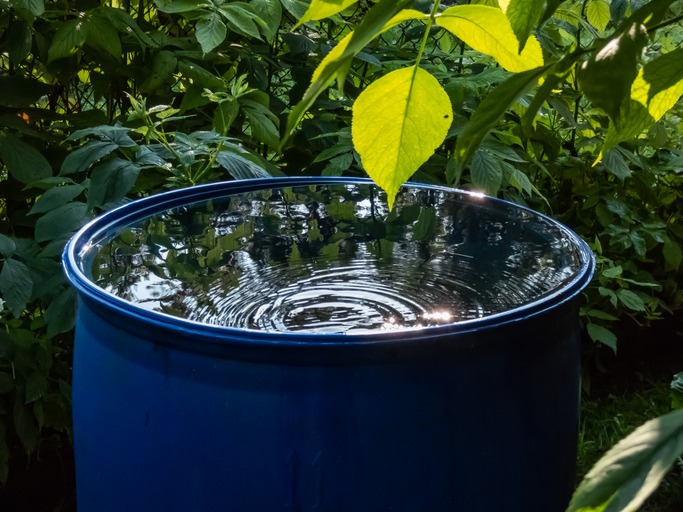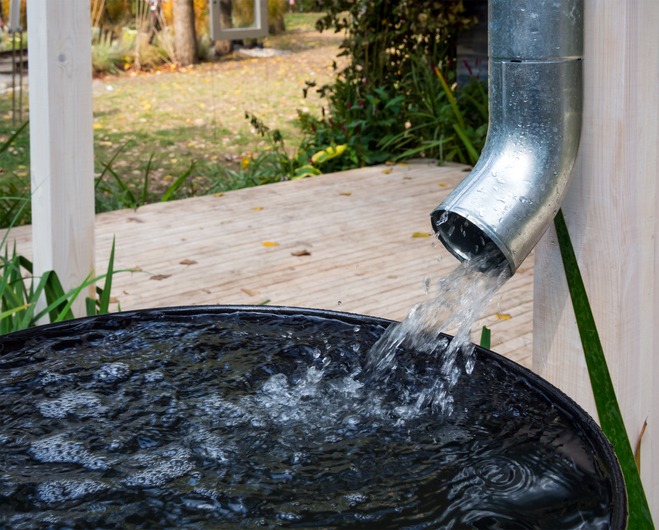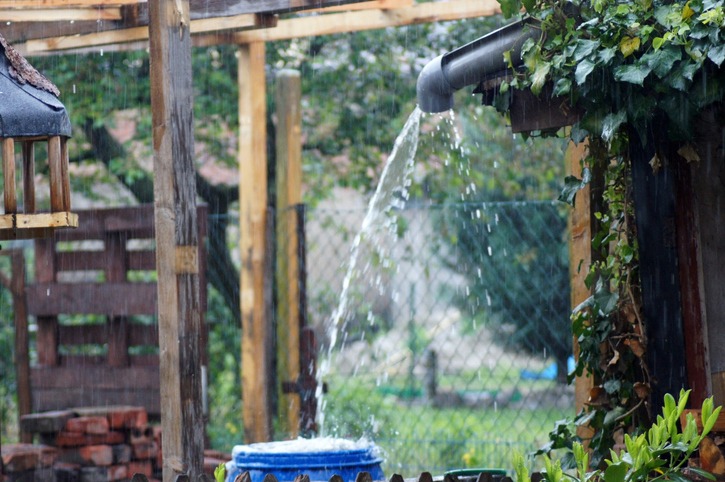Just as a seed needs water to sprout and grow, you need sustainable solutions to nurture your journey towards self-sufficiency. Rainwater harvesting systems are your untapped wellsprings in this quest, designed to collect, store, and repurpose the skies’ bounty. By embracing these systems, not only do you step closer to water independence, but you also contribute to a greener planet.
But how exactly do they integrate into the fabric of daily life, and what are the unseen benefits lurking beneath the surface? Let’s explore the hidden depths of these systems, and uncover the ripple effects they have on our lives and the environment.
Understanding Rainwater Harvesting
Rainwater harvesting often provides a reliable and sustainable water source by collecting rain from your rooftop and storing it for future use. This system isn’t just about capturing rainwater; it’s a step towards self-sufficiency in water, ensuring you’ve got a consistent water supply for various household needs. By installing a rainwater harvesting system, you’re choosing to reduce your reliance on municipal water sources, which can be especially crucial during periods of drought or when facing water restrictions.
The beauty of rainwater harvesting lies in its simplicity and the profound impact it has on promoting water conservation. You’re not only securing your own water supply but also contributing to a larger effort of sustainable living. This system empowers you to manage your daily water usage more effectively, giving you control over an essential resource.
As you collect and store rainwater, you’re stepping into a lifestyle that values resources, understands the importance of conservation, and embraces the principles of self-sufficiency in water. It’s a choice that benefits not just you, but the environment as well, making rainwater harvesting a key component in the journey towards a more sustainable and self-sufficient living.
Key Components Explained
To ensure your rainwater harvesting system functions effectively, it’s crucial to understand its key components, including collection surfaces, storage tanks, filtration systems, and distribution mechanisms. These elements work together to collect, store, purify, and distribute rainwater, making it a valuable resource for your self-sufficient living.
Here’s a breakdown of the core components:
- Collection Surfaces: These are areas like your rooftop or gutters designed to catch and channel rainwater. They’re your system’s first point of contact with water, making their efficiency vital for maximizing rainwater harvesting.
- Storage Tanks: After collection, rainwater is stored in these tanks for later use. They come in various sizes and materials, ensuring there’s an option that fits your space and water needs. Regular maintenance of storage tanks prevents contamination and preserves water quality.
- Filtration Systems: These systems remove debris and contaminants from collected rainwater, making it safe for use. From simple mesh filters to more complex purification processes, they ensure the water you collect is clean.
- Distribution Mechanisms: Pumps and pipes form the backbone of this system, transporting rainwater from storage tanks to where it’s needed around your property. Whether for irrigation, washing, or even indoor use, efficient distribution is key.
Benefits for Self-Sufficiency
Harnessing rainwater through a dedicated system can drastically cut your dependence on municipal water supplies, pushing you closer to a life of self-sufficiency. Rainwater harvesting systems are a cornerstone of sustainable living, offering a solution to the modern challenges of water scarcity and environmental conservation. By collecting rainwater for your daily needs, you’re not just conserving a precious resource; you’re also ensuring water security for your household.
These systems empower you to manage your own water supply, making you more resilient against droughts and water restrictions. With rainwater harvesting, you’re not just contributing to environmental sustainability; you’re also taking a significant step towards self-sufficient living.
| Benefits | Impact on Self-Sufficiency |
|---|---|
| Reduces reliance on external water supplies | Increases independence |
| Ensures access to clean water | Enhances sustainability |
| Conserves and utilizes rainwater effectively | Promotes resourcefulness |
| Achieves water security | Empowers resilience |
Collection and Storage Solutions
Exploring the right collection and storage solutions is essential for maximizing the benefits of your rainwater harvesting system. You’ve already learned how a rainwater harvesting system can make your life more self-sufficient. Now, let’s dive into the specifics of collection and storage to ensure you’re getting the most out of every drop.
- Collection Solutions: Your journey begins with choosing the best method to collect rainwater. Rooftop rainwater harvesting is a popular choice, utilizing your roof as a catchment area. Alternatively, surface water collection methods can complement or serve as your primary collection strategy, depending on your property’s layout and your needs.
- Storage Options: Once collected, where you store your rainwater is crucial. You have options ranging from above-ground tanks, which are easy to install and maintain, to below-ground cisterns that can store larger volumes without taking up valuable space. Tanks vary in capacity, from 100-gallon barrels perfect for small gardens to massive 10,000-gallon tanks for extensive irrigation or household use.
- Filtration Systems: Ensuring the water you collect is clean and usable is where filtration systems come into play. They’re vital for removing debris and contaminants, making the water safe for various applications around your home.
- Distribution: Although not the focus here, remember that gravity-fed systems and pumps will play a role in moving your stored rainwater to where it’s needed, efficiently and effectively.
Purification and Usage
After collecting and storing rainwater, it’s crucial to purify it before use to ensure safety and suitability for various applications. Purification isn’t just about making water safe; it’s about harnessing your water resources wisely. Whether you’re aiming for drinking water or need it for non-potable purposes, understanding the right purification methods is key.
For drinking and cooking, you can’t compromise on safety. That’s where methods like UV sterilization and chlorination come into play. They’re effective in killing harmful microorganisms, ensuring the rainwater transforms into a reliable source of drinking water. But it’s not just about quenching thirst or cooking meals.
Harvested rainwater, after being treated appropriately, serves brilliantly for irrigation, laundry, and even flushing toilets. This dual approach not only conserves precious water resources but also reduces your household’s water footprint.
Integrating greywater systems further optimizes your water usage. By recycling water from sinks and showers, you’re less reliant on harvested rainwater for non-drinking purposes, conserving it for when it truly matters. Regularly testing rainwater quality is crucial. It helps you monitor the effectiveness of your purification efforts, ensuring the water remains safe for its intended use, be it for hydration or helping your garden thrive.
System Maintenance Insights
Having discussed the importance of purifying harvested rainwater, let’s now focus on how to maintain your system efficiently to ensure its longevity and performance. Regular upkeep is crucial for your rainwater harvesting system’s effectiveness. Here are essential maintenance tasks that’ll keep your system running smoothly:
- Clean Filters Regularly: Dirt and debris can quickly accumulate in your filters, reducing efficiency. Cleaning them regularly ensures your system continues to produce clear, high-quality water.
- Inspect for Debris: Don’t let leaves, twigs, or other debris clog your system. Regular checks can prevent blockages that might lead to water contamination or system malfunctions.
- Annual Filter Replacement: To maintain optimal water quality, replace your filters annually. This simple step can significantly impact the cleanliness and odor of your stored water, ensuring it remains safe for use.
- Overall System Inspection: Beyond just the filters, give your entire system a thorough inspection. Look out for any signs of wear and tear or potential issues that could affect performance.
Adhering to these maintenance tasks won’t only extend the life of your rainwater harvesting system but also guarantee the water quality remains high, ensuring you enjoy the benefits of your sustainable investment for years to come.
Integration With Home Systems
Integrating a rainwater harvesting system into your home’s plumbing can significantly boost your water independence, offering a sustainable alternative to relying solely on municipal or well water sources. By harvesting rainwater and connecting this new water source to your existing plumbing system, you’re taking a significant step towards self-sufficiency, especially valuable in urban areas where water scarcity can be a concern.
Automatic crossover systems play a crucial role in ensuring a seamless transition between your harvested rainwater supply and city or well water during periods of drought or low rainfall. This means you’ll always have access to water, regardless of the weather conditions.
| Feature | Benefit |
|---|---|
| New Water Main Integration | Enhances water self-sufficiency |
| Automatic Crossover Systems | Ensures continuous water supply |
| Storage Tank Options | Flexibility in installation based on space and preference |
| Reduced Reliance on External Sources | Promotes sustainability in urban areas |
| Continuous Supply of Rainwater | Supports household use without depending on external sources |
Connecting your rainwater harvesting system to your home’s plumbing enhances your independence from external water sources, making it an essential step for those aiming for a self-sufficient and sustainable lifestyle.
Economic and Environmental Impact
While exploring the integration of rainwater harvesting with home systems emphasizes self-sufficiency, it’s also essential to consider the economic and environmental benefits that accompany this practice. By tapping into this ancient method modernized for today’s living, you’re not just meeting your water needs in an energy-efficient way; you’re also contributing significantly to both your wallet and the planet. Here’s how:
- Cost Savings: Implementing a rainwater harvesting system can drastically reduce your water bills. By meeting your water needs through captured rain, you’re less reliant on municipal supplies, which translates to lower monthly expenses.
- Groundwater Recharge: Every drop of rainwater you capture and use is a drop that helps replenish the groundwater levels. This process is crucial for maintaining the balance of our ecosystems and ensuring that water remains available for future generations.
- Reduced Energy Consumption: Rainwater harvesting systems are inherently energy-efficient. They require minimal processing and transportation, unlike traditional water sources that need significant energy for treatment and distribution, thus cutting down on energy consumption.
- Flood and Erosion Control: By capturing rainwater directly from your surface area, you’re minimizing runoff, which can lead to urban flooding and erosion. This not only protects your immediate environment but also benefits the larger community by reducing the strain on stormwater systems.
Getting Started With Installation
Embarking on the installation of a rainwater harvesting system starts with understanding the key components: gutters, filters, and storage tanks. These elements are crucial for efficient rainwater collection from your rooftop. By setting up gutters, you’ll capture rainwater flowing off your roof. Filters then clean this water, removing debris and contaminants before it’s stored in tanks. Proper installation ensures you’ll have a continuous water supply for various household needs, from watering your garden to flushing toilets.
If you’re keen on installing rainwater systems yourself, you’re in luck. DIY installation kits are available, designed for easy setup. These kits typically come with straightforward instructions, making it possible for you to install your system over a weekend. However, if you’re looking at a more complex or larger system, you might want to consider professional installation services. Hiring professionals can save you time and ensure your system is set up correctly from the start.
Whether you choose a DIY approach or professional help, installing a rainwater harvesting system is a step towards self-sufficient living.
Conclusion
In wrapping up, rainwater harvesting systems are your key to achieving self-sufficiency and contributing to environmental sustainability. By collecting, storing, and using rainwater, you’ll cut down on utility bills and lessen your ecological footprint.
Remember, maintaining your system is crucial for its longevity and efficiency. Integrating it with your home systems boosts its benefits, making it a smart economic and eco-friendly choice.
So, take the leap and start your journey towards a more sustainable and self-sufficient living today.
